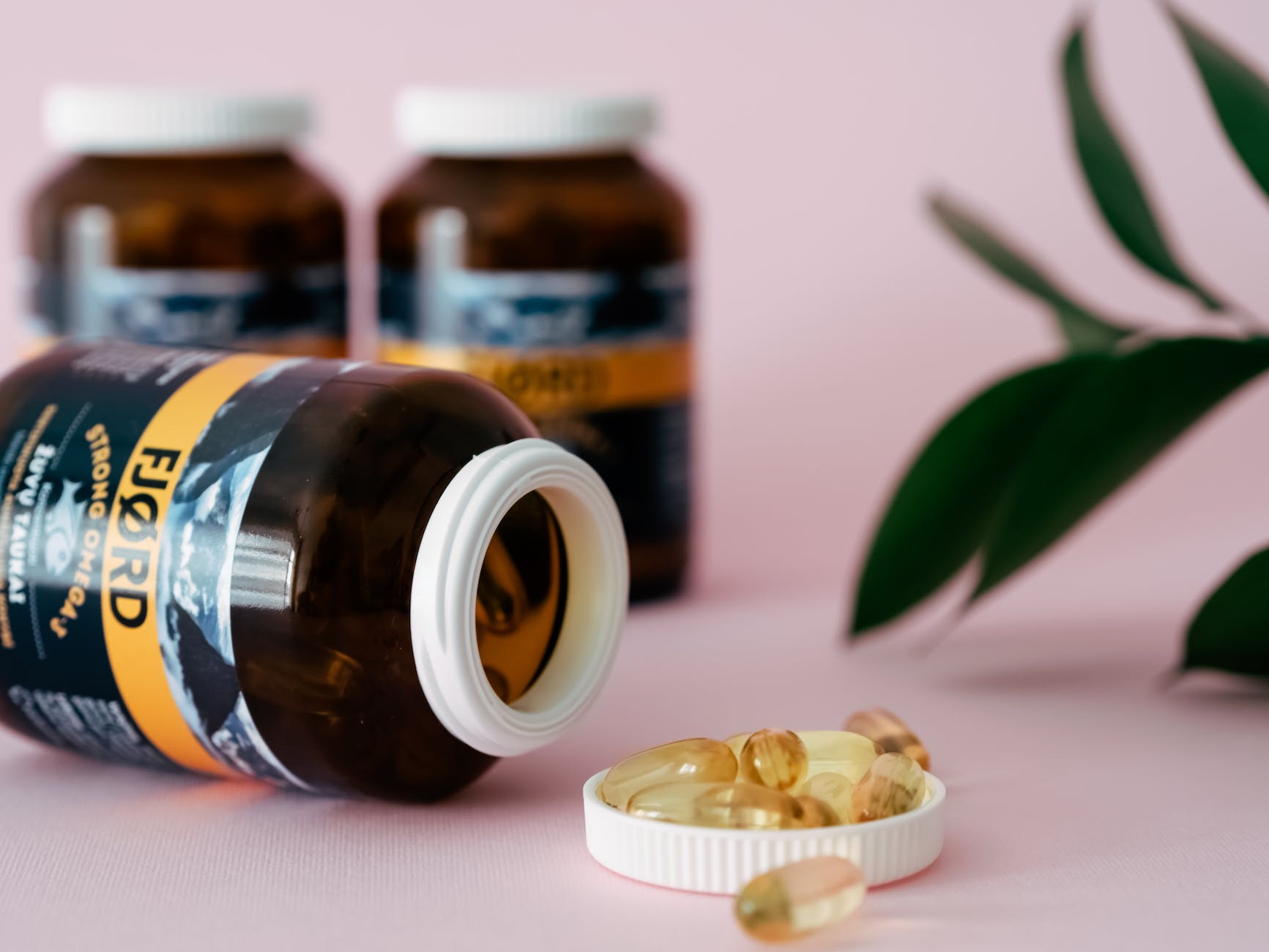
In the vast of global cuisine, there lies a thrilling yet perilous frontier: the world of dangerous foods. From exotic delicacies to seemingly benign pantry staples, certain foods carry risks that can escalate from mild discomfort to lethal outcomes. This guide delves deep into the heart of culinary danger, offering you an enlightening journey through the world’s deadliest foods, alongside practical tips to enjoy the thrill without the threat.
The Hidden Dangers in Your Dinner
1. Fugu: The Russian Roulette of Sushi
Fugu, or pufferfish, tempts fate with its tetrodotoxin, a poison more potent than cyanide. Traditionally savored in Japan, this dish requires chefs to undergo years of training to serve it safely. The lesson here? Always trust a certified professional when dining on danger.
2. Cassava: The Double-Edged Root
A staple in Africa and South America, cassava can unleash cyanide if improperly processed. The key to safety lies in thorough cooking and preparation, transforming this root from deadly to delicious.
3. Raw Oysters: A Shell Game of Toxins
Raw oysters can harbor harmful bacteria and viruses, leading to severe foodborne illnesses. Enjoying them from reputable sources during colder months reduces the risk, ensuring you get the taste without the taint.
4. Rhubarb Leaves: The Garden’s Green Menace
While rhubarb pies are a delight, their leaves are a deceit, packed with oxalic acid capable of causing kidney stones or worse. Stick to the stalks for a safe, tart treat.
5. Red Kidney Beans: The Unassuming Assassin
Undercooked red kidney beans release lectin, a toxin that can induce nausea and vomiting. The antidote? A thorough boil to neutralize the danger, turning these beans from foe to friend in your culinary adventures.
Mastering the Art of Safe Consumption
Navigating the perilous waters of deadly foods requires a mix of knowledge, caution, and respect for culinary practices. Here are five golden rules to dine by:
1. Knowledge is Power
Understand the risks associated with exotic foods. A little research goes a long way in preventing a dining disaster.
2. Source Wisely
Always procure exotic and potentially dangerous foods from reputable suppliers. Your health is worth the extra penny.
3. Preparation is Key
Many dangerous foods can be rendered safe through correct preparation techniques.
4. When in Doubt, Throw it Out
If you’re unsure about the safety of a food item, the safest bet is to avoid it. No culinary experience is worth risking your health.
5. Respect Local Wisdom
When traveling, heed the advice of locals and experts on what to eat and how to eat it. Traditional knowledge is a treasure trove of safety tips.
The Thrill Without the Threat
Exploring the world’s most dangerous foods can be an exhilarating journey, offering unique flavors and experiences. However, it’s a path best navigated with caution and respect for the hidden dangers that lurk within culinary delights. By adhering to safety guidelines and embracing a spirit of informed adventure, you can savor the world’s most thrilling tastes without falling prey to their perils.
In the end, the world of dangerous foods is a testament to the beauty and complexity of global cuisines, a reminder of the fine line between danger and delight. So, arm yourself with knowledge, approach with caution, and dine with joy on the wild side of gastronomy.
10 FAQs for Navigating the World’s Most Dangerous Foods
- What makes Fugu dangerous?
- Fugu, or pufferfish, contains tetrodotoxin, a potent neurotoxin that can be fatal if ingested. Only chefs with rigorous training and certification can safely prepare this delicacy.
- How can cassava be consumed safely?
- Cassava must be properly processed by peeling, soaking, and cooking to eliminate cyanogenic glycosides, which can produce cyanide.
- Are raw oysters safe to eat?
- Raw oysters can be enjoyed safely when sourced from reputable suppliers and consumed in colder months to minimize the risk of bacterial contamination.
- Why are rhubarb leaves toxic?
- Rhubarb leaves contain high levels of oxalic acid, which can cause kidney problems and other health issues if ingested.
- What is the risk of eating undercooked red kidney beans?
- They contain lectin, a toxin that causes gastrointestinal distress. Proper cooking by boiling for at least 10 minutes neutralizes this toxin.
- Can preparation methods make all dangerous foods safe?
- While many dangerous foods can be made safe through proper preparation, some, like certain wild mushrooms, always carry a risk regardless of preparation.
- What should I do if I suspect food poisoning from a dangerous food?
- Seek medical attention immediately, especially if experiencing severe symptoms such as difficulty breathing, paralysis, or persistent vomiting.
- How can I ensure exotic foods are sourced from reputable suppliers?
- Research suppliers, read reviews, and choose those with a strong reputation for safety and quality. When traveling, seek local expert advice.
- Is it safe to try preparing these foods at home?
- For most dangerous foods, especially those requiring specific knowledge for safe preparation (like Fugu), it’s best to rely on certified professionals.
- Where can I safely try these dangerous foods?
- Seek out reputable restaurants with chefs trained and certified in preparing these foods, especially when traveling to countries where these delicacies originate.
Blog Tags
culinary adventures, food safety, exotic cuisine, dangerous foods, healthy eating, global cuisine, cooking tips



















